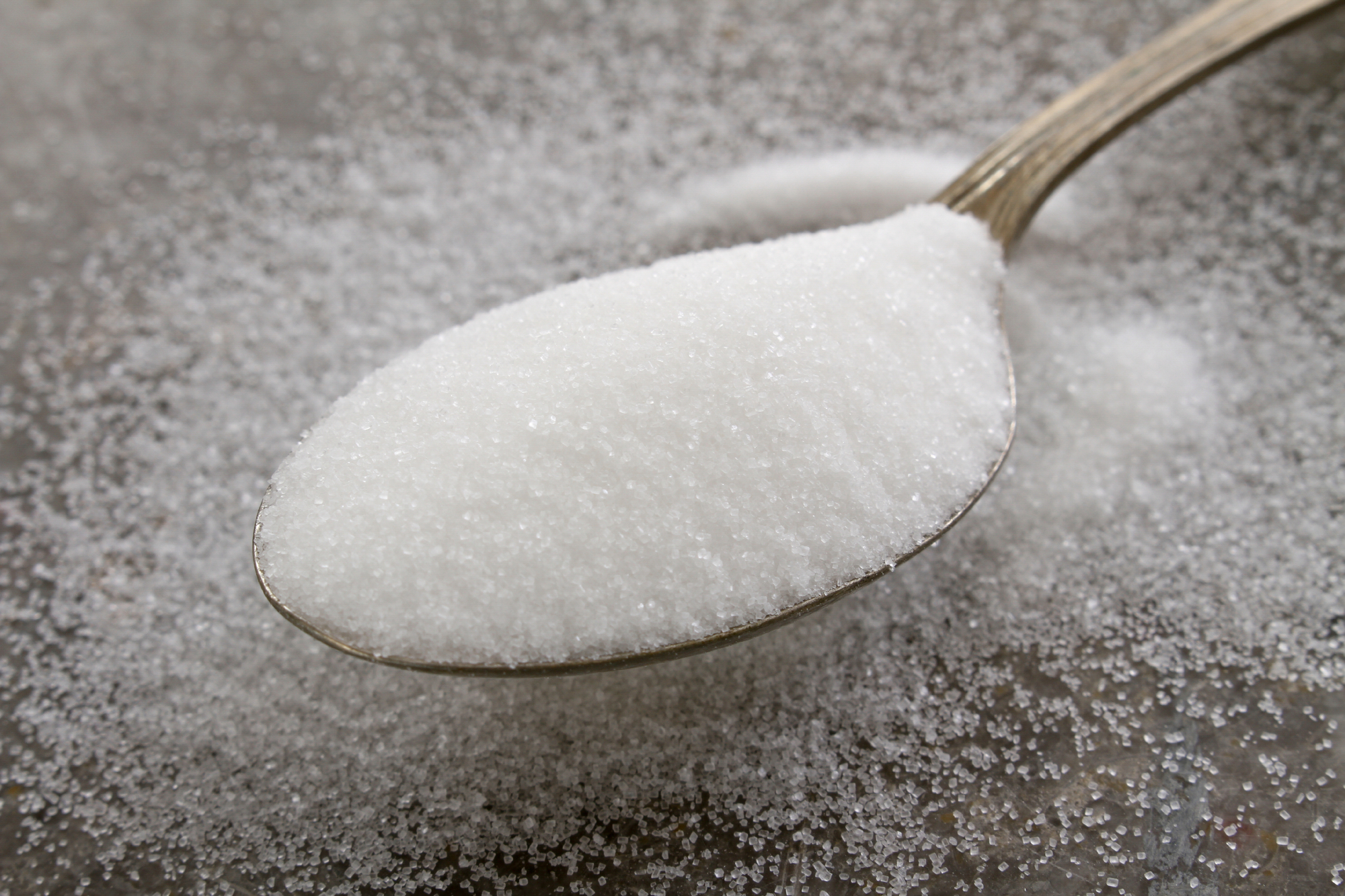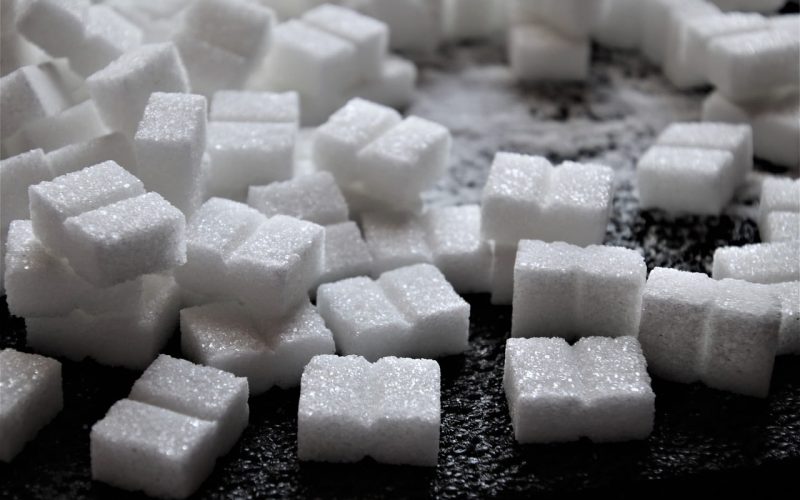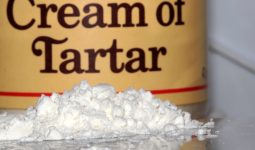Different types of sugar are used in anything from cakes to pickling liquids, from BBQ rubs to cups of tea. You can then manufacture sugar in various forms from the juice of sugar beet or sugar cane plants.
And to further complicate matters, certain sugars are best used with multiple cooking techniques. The first thing that likely springs to mind when you think of sugar is sweetness.
In addition, sugar has a variety of other functions besides just sweetening baked items, savory foods, and beverages. Sugar can enhance food’s flavor, texture, and appearance.
Additionally, it helps to soften the dough, gives egg whites firmness when preparing meringues and pavlovas, and gives baked foods a lovely golden-brown hue.
Here are some of the different types of sugar.
1. White Granulated Sugar

These are pure sucrose that has been crystallized from either beets or cane. This remains after all impurities and byproducts are eliminated during the refining process.
It has a delicate sweetness and little “flavor” while being light and sweet. The most flexible of all sugars, white sugar, commonly referred to as refined or table sugar, has a variety of purposes.
Of course, it’s the preferred method for enhancing the sweetness of coffee, tea, and powdered drink mixes.
Also, it’s well-liked for baking because it adds sweetness while letting other components determine the flavor character.
2. Powdered Sugar
This kind of white sugar, also known as confectioners sugar, has been ground into a fine powder. A modest amount of cornstarch is generally added to prevent clumping.
Confectioners sugar is perfect for preparing icing, frosting, and adorning baked goods because it dissolves easily in liquid.
Furthermore, It takes a lot of the sweet, almost weightless substance to register on your taste buds. It dissolves quickly, making it the preferred sugar for icing and frosting.
Also, it’s frequently used as a garnish on baked goods, including doughnuts, bread, and plain cakes. This sugar is one of the different types of sugar.
3. Fruit Sugar
It tastes the same as white granulated sugar but has significantly smaller crystals, making it perfect for stirring into gelatin and pudding recipes.
Also., Its name comes from the fact that it is frequently sprinkled on fruit when producing preserves. Other names include ultra-fine and quick dissolving.
Contrast this with fruit-derived sugar products or the natural sugar in all fruits. Fruit sugar is one of the different types of sugar.
3. Caster Sugar
Caster sugar, usually written “castor,” is a refined granulated sugar with a texture that falls between conventional granulated sugar and confectioners’ sugar and is frequently referred to as “superfine sugar.”
Both white and golden caster sugar are available; the latter is sugar that has undergone a processing step to keep part of the natural molasses.
Caster sugar is an excellent option for light and fluffy desserts like meringues, mousse, and pavlova since it dissolves more readily into liquids or mixes due to its finer texture than granulated sugar.
4. Coarse Sugar
Coarse sugar, also known as decorative sugar or pearl sugar, is a form of white sugar significantly bigger than granulated sugar and, therefore, more heat resistant.
Although “sanding sugar” and “it” are occasionally used synonymously, they are not the same.
5. Sanding Sugar
Sanding sugar is a type of granulated sugar that lies in the middle of coarse and regular sugar. Compared to other sugar varieties, it is more polished and available in various colors (or none, which reflects light!).
It is frequently used to garnish and embellish baked items. This sugar is one of the different types of sugar.
6. Pearl Sugar
Pearl sugar is one of the different types of sugar we have. Also, Pearl sugar is white sugar with an opaque tint and a coarse, hard texture, sometimes referred to as nib sugar or hail sugar.
Additionally, it maintains its shape and doesn’t melt in hot environments. In Scandinavian baking, pearl sugar is frequently used to embellish pastries, biscuits, and buns.
7. Demerara Sugar
Demerara sugar is a type of slightly refined raw cane sugar. It features big grains that are amber in color and naturally flavorless, like molasses.
Use it as a topping on baked goods like muffins, scones, cookies, and cakes or to sweeten coffee or tea.
8. Turbinado Sugar
Another form of slightly refined raw cane sugar is turbinado. Large, medium-brown crystals make up this sugar variant, which is sometimes confused for regular brown sugar despite not being the same.
Furthermore, Turbinado sugar, frequently used to sweeten beverages and can also be used in baking, has a little caramel flavor. Turbinado is one of the different types of sugar.
9. Bakers Sugar
Again, the flavor is the same since this is only white sugar. The minute crystals are what distinguish it. Professional bakers choose this sugar because it dissolves quickly and easily in egg whites.
It is frequently employed in delicate desserts like meringue and angel food cake. It might alternatively be marketed as superfine sugar.
10. Light Brown Sugar
Brown sugar syrup is made from cane or beet sugar that has been boiled and crystallized or white sugar that has been spun with some molasses removed during processing.
Fluffy and only slightly wet in texture. Molasses from sugar cane refining is used to make brown beet sugar.
Light brown or golden sugars have mild caramel undertones and are richer than white sugars while remaining light. They give baked goods like cookies and cupcakes moisture, color, and a rich richness.
It’s a favorite among grill masters for use as a base to sweeten BBQ sauces, especially acidic mustard sauces. It’s a fantastic option for sweet, dry rubs since its wetness helps it stick to meats.
11. Dark Brown Sugar
Brown sugar syrup, white sugar, and some molasses removed during manufacturing are boiled and crystallized from cane or beet sugar.
Furthermore, dark Brown features more molasses than Light/Golden, which gives it a more robust caramel flavor, a moister texture, and a propensity to clump.
Bakers prefer it for sumptuous pastries, pie fillings, and other uses. Dark Brown is excellent for rubs and sauces for grillers since it adds richer color and flavor.
12. Muscovado Sugar
Muscovado Sugar is one of the different types of sugar that is partially refined cane sugar with a significant amount of molasses.
Granular and extremely wet, almost tacky, is muscovado sugar. Although Mauritius is renowned for producing some of the best sugar in the world, India is the world’s top producer of this type of sugar.
Although this extra-rich sugar isn’t widely known in the West, it is becoming more popular among consumers who value their health and search for a less-refined, more nutrient-dense sugar.
It is excellent for savory glazes, sauces, and all things chocolate. This is one of the different types of sugar.
13. Granulated Brown Sugar
Molasses-infused color and flavor of conventional brown sugars while having a texture almost identical to granulated white sugar.
It used to be named “Brownulated” by one US maker, but they wisely ceased a few years ago. It has a mild brown sugar flavor but none of the wetness.
Also, It can be used in recipes interchangeably with white sugar in a 1:1 ratio, but if you use it in place of regular brown sugar, you’ll need to add moisture, or the finished product will be drier than you’d want. It will caramelize nicely in sauces but won’t adhere to meat as easily in rubs.
14. Simple Sugar
Typically, melted sugar is combined with water in a ratio of 1 part sugar to 4 parts water. Simple syrup can be manufactured at home or purchased already made at the grocery store.
Some high-end commercial goods use seasoning and other additives, like maple syrup or organic sugar.
The flavor is influenced by the type of sugar used to make the syrup and any additional ingredients. Since it’s so difficult to get sugar to dissolve in cold drinks, this application is most frequently used to sweeten cocktails.
It can also be used as a glaze, marinade foundation, or simple topping. This is one of the different types of sugar.
15. Invert Sugar
Glucose and fructose, the two sugar molecules that make up sucrose, are liquid. The hydrolysis process separates them chemically, leaving the free-floating glucose and fructose in the solution.
In various goods, inverted sugar is used as a sweetener. In that it mixes well into cool or room temperature liquids, imparting sweetness but no flavor, it is similar to simple syrup. Use it for marinades, sauces, glazes, cold beverages, and cocktails.








